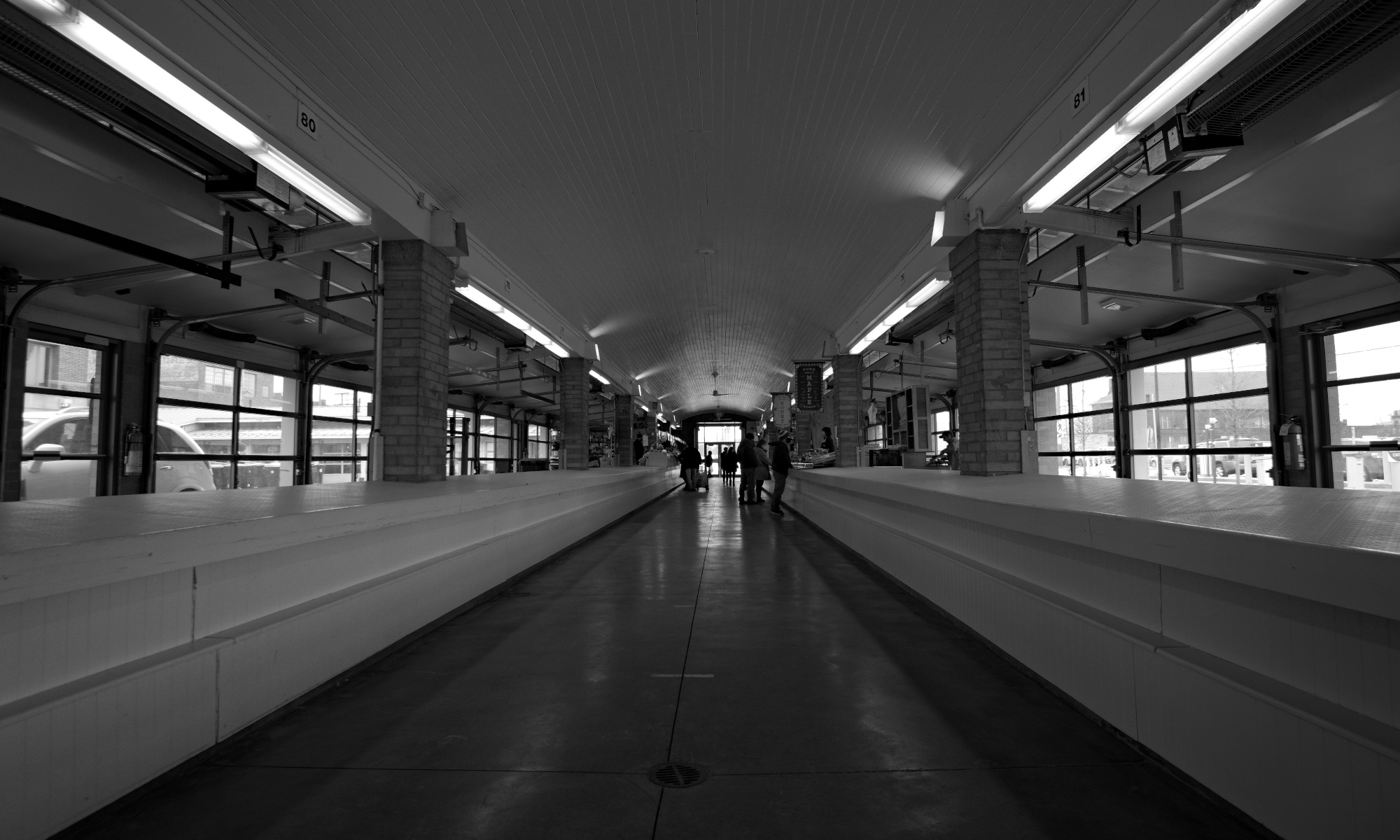The Many Bridges Of Cleveland, Ohio
Can you count all the bridges in these drone shots we took over Cleveland, Ohio? Our drone pilots love photographing the city!
Cleveland, Ohio, is a city that has long been defined by its waterways. Situated on the southern shore of Lake Erie, the city is home to several major rivers that flow through the region. As a result, bridges have played a critical role in Cleveland’s history, facilitating transportation and commerce and providing a vital link between communities. In this blog post, we’ll explore the history of Cleveland’s bridges, from the earliest wooden structures to the impressive engineering feats of the modern era.
The earliest bridges in Cleveland were simple wooden structures built over the Cuyahoga River, which flows through the heart of the city. The first such bridge was constructed in 1836, but it was short-lived, collapsing just a year later. This led to the construction of a more substantial wooden bridge in 1838, which remained in use until 1864. However, these early bridges were not particularly durable or safe, and they often suffered damage from the harsh Lake Erie weather.
As Cleveland grew into a major industrial center in the late 19th century, the need for more substantial bridges became apparent. In 1878, the city built its first iron bridge, the Superior Viaduct, which spanned the Cuyahoga River and connected the west side of Cleveland to downtown. This impressive structure, which was designed by the renowned engineer James Buchanan Eads, featured a series of arches that supported a raised roadway. The Superior Viaduct was an engineering marvel of its time and is still in use today, although it has undergone several renovations over the years.
In the early 20th century, Cleveland continued to expand and modernize, leading to the construction of several new bridges. In 1912, the Detroit-Superior Bridge, also known as the Veterans Memorial Bridge, was completed. This massive structure spanned the Cuyahoga River and connected downtown Cleveland to the city’s west side. The bridge features two levels, with the upper level carrying automobile and pedestrian traffic and the lower level serving as a rapid transit line.
In the years that followed, Cleveland continued to add new bridges, including the Lorain-Carnegie Bridge, which was completed in 1932. This bridge, which connects the city’s west side to the industrial Flats district, features a distinctive “Guardians of Traffic” statue at each end, depicting figures holding car headlights and symbolizing the importance of transportation.
In the latter half of the 20th century, Cleveland’s bridges underwent significant changes, as the city struggled with declining population and economic challenges. Many of the older bridges were replaced or renovated, while new bridges were built to accommodate changing transportation needs. For example, the Innerbelt Bridge, which was completed in 1959, was replaced in 2016 with a new structure that features wider lanes and improved safety features.
Today, Cleveland is home to dozens of bridges, ranging from small pedestrian crossings to massive interstate highways. The city’s bridges continue to play a critical role in facilitating transportation and commerce, and they are also an important part of the city’s cultural and architectural heritage. From the historic Superior Viaduct to the modern bridges of the 21st century, Cleveland’s bridges tell the story of a city that has overcome many challenges and continues to evolve and grow.
Love these drone shots? We fly Autel drones for a lot of our work, check them out below:




